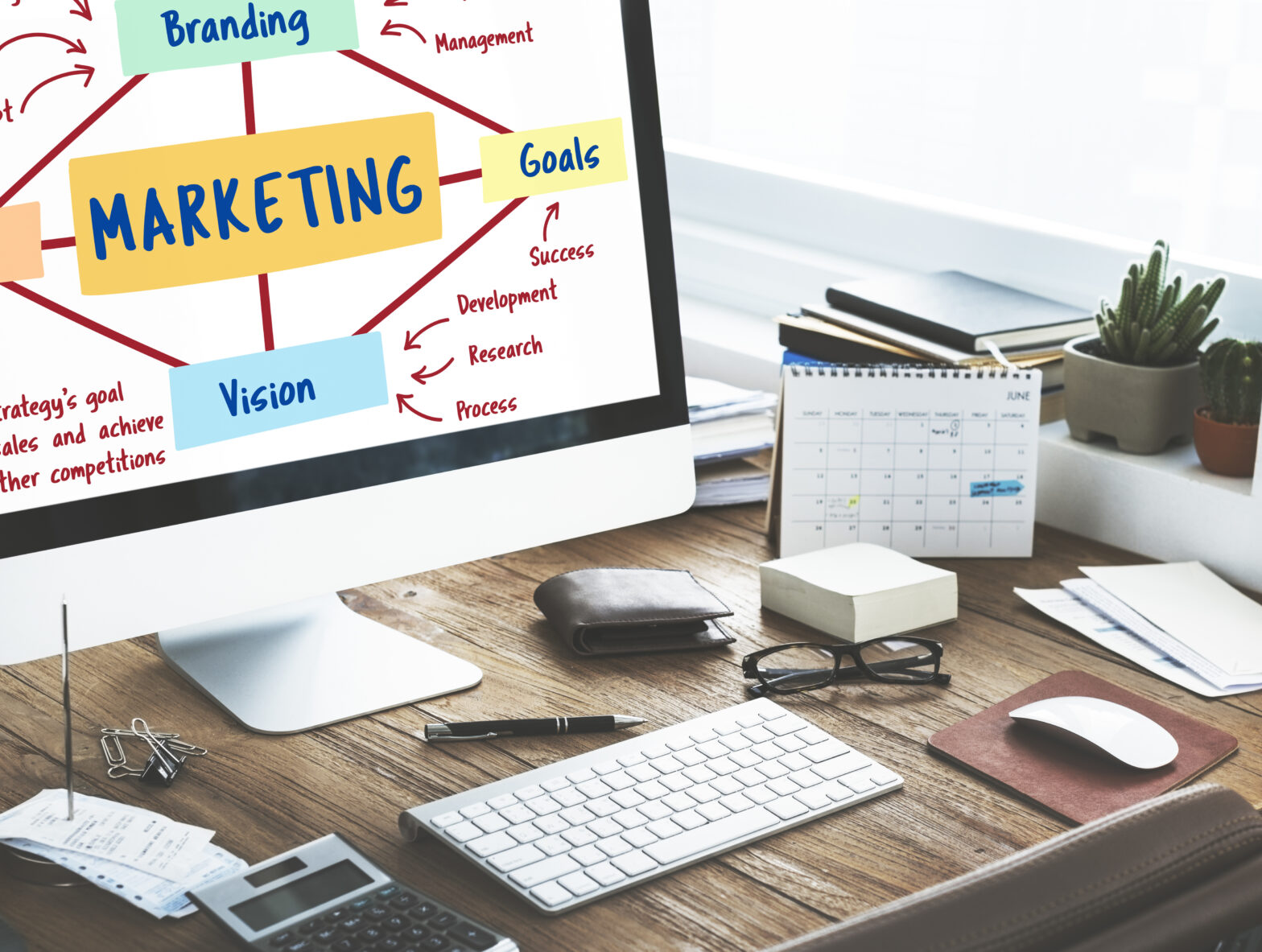There is an age-old debate in marketing on which strategy offers more value to a business, amplified recently by the changing pace of digital marketing, bigger data sets and tools to reach audiences quicker. Smaller businesses aiming for growth don’t always have the luxury of premium tools and big advertising budgets, but on the flip side being a small business allows for the flexibility for you to trial and investigate the right marketing mix for your company.
As your business scales and your customer base increases, the question of how much to invest in acquisition and retention arises. The majority of businesses look at marketing channels to be ‘either’ acquisition or retention, but I would suggest you rethink your individual channels as being neither. Having the fence in between is the problem that creates silos, so lets aim to break that fence down and take a look at three key areas of digital that can act as both acquisition and retention.
Paid search
Dependant on your industry and volume of searches for the product set, paid search can be the quickest medium to drive footfall and new customers. Optimisation and refinement is the key element to driving great paid search performance, and having the expertise in the art of search marketing can lead to great rewards within your business. Primarily used as an acquisition channel, paid search can drive cost per acquisition up due to its nature of reaching the optimal point of conversions against increased budget.
Do you look at your converted paid search customers as an opportunity?
If not, then you should. The consumer journey doesn’t end after purchase, and with Google’s RLSA innovation you can take full advantage of maximising revenue from your recent purchasers. Implementing a RLSA strategy allows you to capture visitor data by creating segments for which journey your customers take and eventually leading to a conversion. Using these data pools can be extremely powerful insight in targeting specific messaging to cross sell and retain your customers.
A simple test to implement is targeting purchasers who tend to come back to your site, for example, to check on their orders, log in to their account or use customer and contact services. A portion of these use your brand terms on Google to reach you again, so why show the same brand ad as you would do to new customers, when they are on their way to your site anyway? Instead serve a relevant re-targeting ad which could offer a cross sell to relevant products, sign up forms, links to your content or more info about your brand. A pure acquisition strategy now offers more value as it smoothly evolves to a retention strategy. Not only do you reduce unnecessary clicks, optimise budget and drive higher average value per customer, but in the process you offer a more personalised customer experience.
Starting at your brand campaign is a great test point. Knowing your audience can be like gold dust and from here test and learn to move your RLSA tactics across to your other campaigns.
A combination of both acquisition and retention, email can be one of your most lucrative and cost-effective channels. Growing your database list over time is one thing, but segmenting your data into custom audiences is where you find those incremental opportunities. Serving customers the same products on email that they have just purchased not only adds to your email serving costs, but drives unsubscribe behaviour which drastically reduces your list size. Investing in tools which allow the ability to segment your data and serve personalised emails dependant on what your customer has purchased not only increases the life time value of each customer but improves your chances of extra conversions across your product set.
Businesses with single or small product sets, which don’t offer the opportunity to cross sell should view email as a channel to tell their story, update on the brand and drive social engagement. While this strategy doesn’t offer a direct revenue stream in the short term, the value over the long term increases the chance of revenue through recommendations and brand advocacy; brand advocates can be the pinnacle of your marketing strategy.
Use an automated system to serve messages at the right time combined with a manual approach to deliver time sensitive offers. Treat your new and existing customers with the best possible personalised experience and your emails won’t be treated as one destined for the junk folder.
Social media advertising
Building brands on social takes commitment, time and a clear consistent strategy on the messages to deliver. Industry experts talk about the growth of social, but social is about the here and now. Social is not just fashionable channel that will come and go, and as marketing evolves towards audience targeting than intent targeting, social will play a big role in driving this transition.
Social networks are pushing businesses to use their advertising platforms to reach not only new customers but also to unlock their very own follower base. The ability to tap into large volumes of specific audience interests and social conversations opens up relevant customers at both the top and middle of the purchase funnels. Mixing a portion of your budget towards social can be a leap of faith but one that compliments your other channels if used with the view of driving both assisted and direct footfall to your business.
Like the previous channel strategy recommendations, to acquire then retain, social media is no different on that front. Social networks have moved away from their initial non-profit models, introducing innovations like retargeting and custom audience lists. Test by plugging in your custom email lists and serving consistent messaging across your customer’s inboxes and social networks at the same time, aiming to keep your messaging as personalised to the audience’s interests as possible. Like paid search, test Facebook’s re-targeting FBX solution to segment your converted customers for cross sell or brand engagement opportunities.
Businesses that work with both strategies at some stage in their journey ultimately look at retention opportunities when acquisition opportunities are exhausted or become too costly. My advice would be to drive your retention strategy from the early stages, even at a time when acquisition would greatly outweigh the difference in revenue between the two. It allows your business to flex it’s strengths in both areas, gain invaluable customer insight and future proof your activity down the line.
So, acquisition or retention?
We started talking about the fence that separates our channels. But do our customers see a fence? Not necessarily unless we create it by deploying our channels using traditional conventions to work on their to delivering one strategy. Be brave and break those conventions, and break down the fence while you’re at it.





